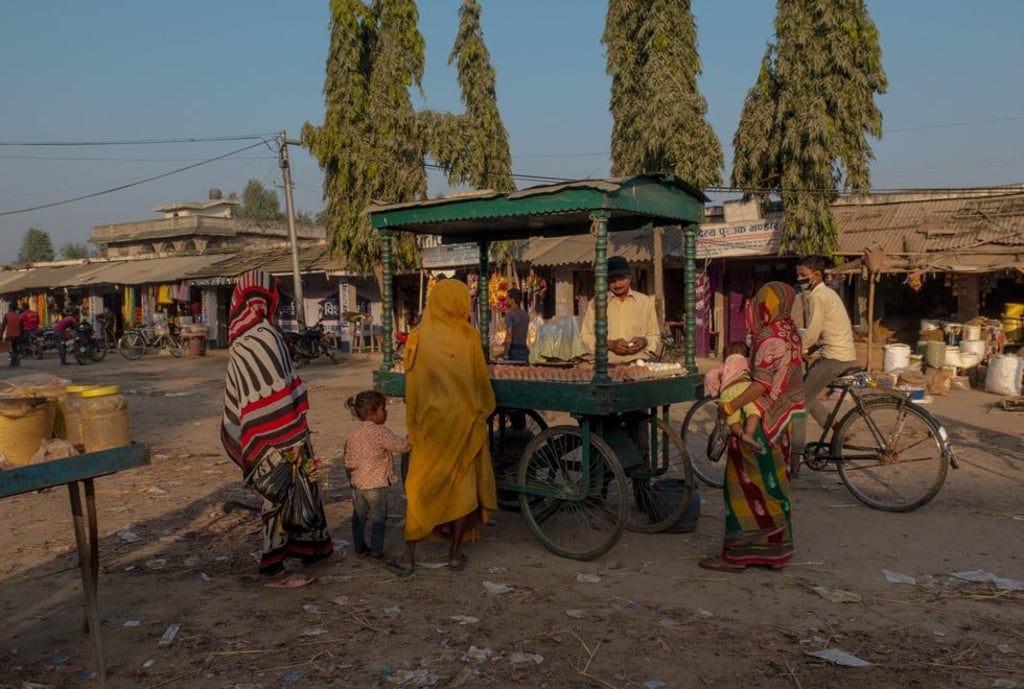The child brides of Nepal: why education alone is not enough to stop underage marriages
Marriage rates for children in the South Asian country are among the highest in the world, and for many girls in the plains region, schooling – often seen as a solution – is a double-edged sword

Inside the house of her husband’s parents, Apsara Devi Sah sits on a mat in a small, windowless storage room with a mud floor. Three days after her wedding she is still dressed in bridal finery – an ornately embroidered yellow veil and dress dipped in red, elaborate mehndi snaking down her arms and legs. Dozens of green, gold and red bangles trill when her hands dip to pull at the edge of her clothes. Against the grey walls, she glows.
Apsara is strikingly beautiful. She is extremely eloquent. She is 16.
“I didn’t want to get married but I was the only daughter and my father had to go abroad,” she says. “Society might think negative thoughts about having a grown daughter alone at home.
“Most girls in my village are married at around 15 or 16. I think I’m too young to get married; it should be 18.”
Despite the legal minimum age for marriage in Nepal being 20, in remote villages such as Potohr, in the Dhanusha district of the plains region, marrying off children has long been the norm. The country has one of the highest rates of child brides in the world. Fifty-two per cent of women between the ages 20 and 49 were married before they reached 18, according to the United Nations’ children’s programme. Fifteen per cent were married before the age of 15. By the age of 24, more than a third of them will have three or more children. The problem is particularly protracted in the plains, or Terai, region, where the most recent census, in 2011, found that 79 per cent of women were married before the age of 19.
